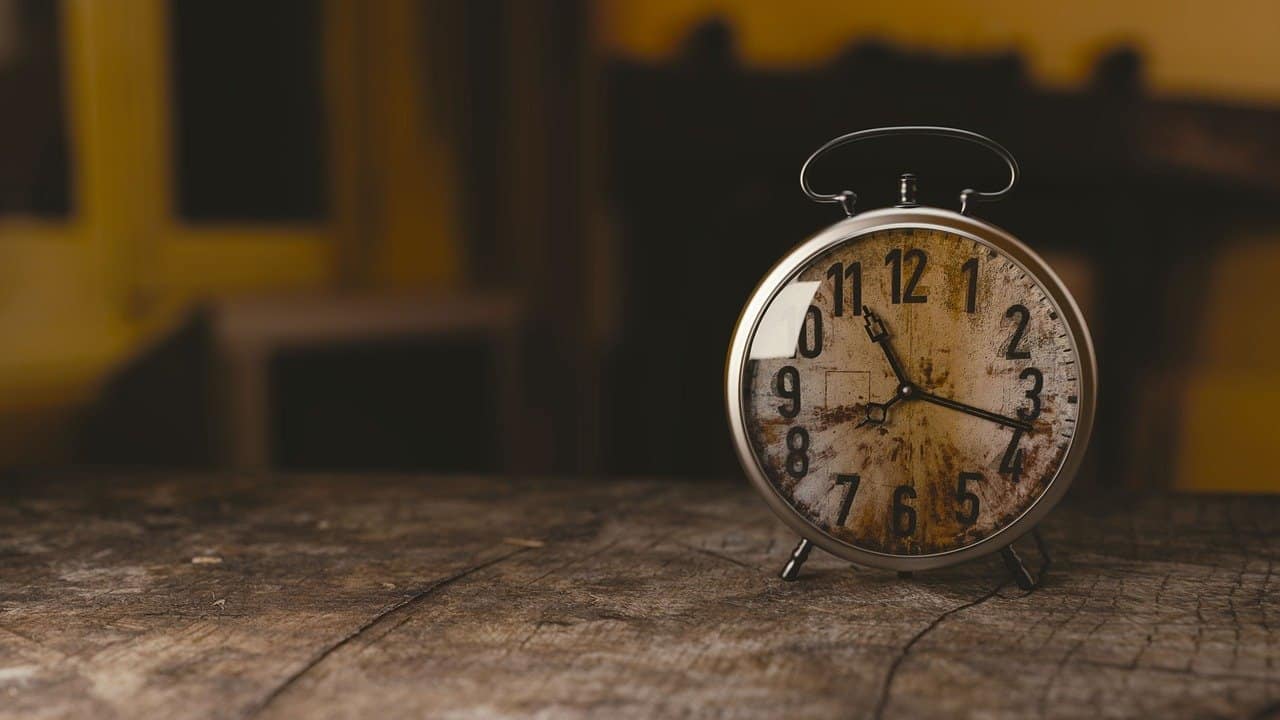

Articles
Where Was The Alarm Clock Invented
Modified: May 6, 2024
Discover the history of the alarm clock in this fascinating article. Learn where it was invented and how it has evolved over time.
(Many of the links in this article redirect to a specific reviewed product. Your purchase of these products through affiliate links helps to generate commission for Storables.com, at no extra cost. Learn more)
Introduction
The alarm clock is a device that has become an indispensable part of our daily lives. It helps us wake up on time, ensuring that we meet our commitments and start our day off right. But have you ever wondered where the alarm clock originated?
Ancient civilizations had their own ways of measuring time and waking up punctually. From ancient water clocks to sundials, humans have always had a deep-rooted need to keep track of time. However, the concept of an alarm clock, a device designed specifically to wake people up, is a more recent invention.
In this article, we will take a journey through time, exploring the origins and evolution of the alarm clock. From its humble beginnings to the modern digital versions we use today, we will uncover the fascinating story behind this essential time-keeping device.
Key Takeaways:
- The alarm clock has a rich history, evolving from ancient water clocks and sundials to the modern digital and smart versions we use today. Its journey showcases human ingenuity in timekeeping technology.
- The Industrial Revolution played a pivotal role in making alarm clocks accessible to the general population through mass production and technological advancements, setting the stage for the innovative features of modern alarm clocks.
Read more: Where Is The Alarm Clock On Android
Ancient Timekeeping Devices
Long before the invention of the alarm clock, ancient civilizations used various methods to keep track of time. These early timekeeping devices laid the foundation for the development of more sophisticated mechanisms in later centuries.
One of the earliest forms of timekeeping can be traced back to ancient Egypt, where the Egyptians used a device known as the “water clock” or “clepsydra.” This ingenious contraption measured time through the regulated flow of water from one container to another. As the water gradually filled the container, it indicated the passing hours. While not a direct precursor to the alarm clock, the clepsydra played a crucial role in the development of timekeeping technology.
Sundials were another significant advancement in early timekeeping. These devices utilized the movement of the sun’s rays to cast a shadow on a marked surface, indicating the time of day. Though sundials were intrinsically passive and could not generate an alarm, they were relied upon for centuries to provide a rough estimate of time.
During the ancient Greek and Roman eras, ingenious inventors devised mechanical contraptions that could be considered early prototypes of the alarm clock. Greek engineer Ctesibius is believed to have created a device in the 2nd century BCE known as an “organ,” which could produce sounds at specific intervals. While not designed explicitly as an alarm, this innovation set the stage for future developments.
Similarly, ancient Romans utilized a rudimentary form of an alarm clock known as the “knocker-upper.” This device, typically a long pole with a heavy wooden or metal ball attached at one end, would be used to tap on windows or doors, rousing individuals from their slumber at the desired time.
Although these early timekeeping devices provided methods for measuring time or waking people up, it wouldn’t be until later centuries that more advanced mechanisms would emerge, leading to the creation of the mechanical alarm clock as we know it today.
The First Mechanical Alarm Clock
The invention of the mechanical alarm clock marked a significant milestone in the development of timekeeping technology. It brought a newfound convenience and reliability to waking up at predetermined times.
Credit for the creation of the first mechanical alarm clock is attributed to the ancient Greeks. Around 250 BCE, a skilled inventor named Ctesibius built a water-powered alarm device that utilized compressed air and a system of gears.
Known as a “water organ,” this device worked by slowly filling a container with water, which gradually compressed the air inside. Once the desired time was reached, the compressed air would force a whistle or flute to play, waking up the person using the alarm clock.
While the water organ may not have had the conventional design we associate with alarm clocks today, it could be considered the precursor to modern mechanical alarm clocks.
Another notable advancement came in the 9th century in the Islamic world with the invention of the “mechanical astrolabe.” Originally used as an astronomical instrument, the mechanical astrolabe was modified to include an alarm mechanism. It consisted of a rotating dial with pins that could be set to specific times. When the pins reached the desired time, they would release a mechanism, producing sounds to awaken the user.
However, it wasn’t until the 18th century in Europe that the mechanical alarm clock truly evolved into a practical and accessible device for mass use.
One of the pioneering alarm clocks in Europe was created by the French inventor Antoine Redier in the early 18th century. Redier’s clock featured a system of gears and levers that, when triggered at a specific time, would strike a bell, providing a loud and effective wake-up call. This invention laid the foundation for future developments in alarm clock technology.
The mechanical alarm clock continued to evolve, with subsequent inventors making improvements in design and functionality. Throughout the 19th and early 20th centuries, various mechanical alarm clocks were created, utilizing innovative mechanisms such as rotating discs, chiming bells, and adjustable settings.
However, it wasn’t until the advent of the Industrial Revolution that alarm clocks became more accessible and affordable to the general public, leading to their widespread use in households across the world.
Alarm Clocks in the Middle Ages
The Middle Ages, spanning from the 5th to the 15th century, was a period of great innovation and advancement in various fields. During this time, the concept of the alarm clock continued to evolve, albeit in different forms than those we are familiar with today.
One of the earliest forms of alarm clocks used during this period was the “knocker-upper,” which was prevalent in Europe, particularly in urban areas. The knocker-upper was typically an individual who would go around the streets, tapping on the windows of homes to wake people up at the desired time. This occupation was vital, especially in towns where individuals needed to wake up early for work or other commitments.
In addition to the knocker-upper, other unique alarm clocks were also employed during the Middle Ages. One example is the “candle clock,” which utilized the gradual burning of a candle to measure time. These alarm clocks were designed with protruding metal pins placed at specific intervals along the candle’s edge. As the candle burned down, the pins would fall onto a metal plate, creating a loud clanging noise that would wake the person up.
Another invention during this time was the “sand glass alarm clock” or the “hourglass clock.” Similar to traditional hourglasses used for measuring time, these clocks featured an additional mechanism that would ring a bell or make a loud noise when the sand fully descended from the upper chamber to the lower chamber. The duration of the sand glass could be set to the desired time, ensuring that the user would be awakened promptly.
These alarm clock devices of the Middle Ages were often rudimentary and relied on mechanical or acoustic methods to awaken individuals. However, they were effective in helping people adhere to the demands of their daily routines and schedules.
It is important to note that during this era, alarm clocks were not yet widely accessible to the general population. They were considered luxury items and were primarily found in wealthy households or used by individuals in professions that required punctuality, such as monks in monasteries.
Despite their limited availability, these innovative alarm clocks of the Middle Ages laid the groundwork for further advancements in timekeeping technology, paving the way for the alarm clocks we use today.
The alarm clock was invented in ancient Greece by Ctesibius, an engineer and mathematician. He created a water clock that would sound an alarm at a set time.
The Industrial Revolution and Alarm Clock Improvements
The Industrial Revolution, spanning from the late 18th to the early 19th century, brought about significant advancements in various industries, including the manufacturing of alarm clocks. During this time, technological innovations and mass production processes led to the improved accessibility and affordability of alarm clocks for the general population.
Prior to the Industrial Revolution, alarm clocks were primarily handmade by skilled craftsmen. These clocks were often intricate and expensive, making them a luxury item exclusive to the wealthy few.
However, with the advent of industrial manufacturing techniques, alarm clocks could be produced in larger quantities and at a lower cost. This meant that more people could afford to own this essential timekeeping device.
One of the key developments during this time was the incorporation of mechanical springs in alarm clocks. This eliminated the need for water-powered or candle-based mechanisms, providing a more reliable and practical solution for waking people up. Spring-loaded alarm clocks were powered by winding the coil spring mechanism, which released stored energy gradually, ensuring a consistent and accurate alarm.
Furthermore, the introduction of interchangeable parts revolutionized alarm clock manufacturing. Previously, each clock was painstakingly crafted and assembled by hand, making repairs or replacements challenging. However, with the use of standardized, identical parts, it became easier and more cost-effective to repair or replace components, extending the lifespan of alarm clocks and enabling owners to maintain their devices more effectively.
The widespread use of metal, particularly brass and steel, in alarm clock construction also contributed to improvements in durability and reliability. Metal gears, dials, and cases made the clocks more robust and long-lasting compared to earlier models made from wood or other delicate materials.
During this period, various manufacturers emerged, producing alarm clocks with increasingly innovative features and designs. Clockmakers introduced adjustable alarm settings, allowing users to customize their wake-up times. Additional features such as snooze buttons and luminous dials were also incorporated, catering to the evolving needs and preferences of users.
Overall, the Industrial Revolution played a pivotal role in transforming alarm clocks from exclusive luxury items to widely available and affordable devices. The advancements in mass production, interchangeable parts, and the use of reliable mechanical springs propelled alarm clock technology forward, setting the stage for further innovations in the years to come.
Read more: What Is A Hatch Alarm Clock
Modern Alarm Clocks and Features
In the modern era, alarm clocks have continued to evolve, incorporating advanced technologies and innovative features that enhance their functionality and convenience. From traditional analog alarm clocks to digital and smart alarm clocks, the options available to consumers today are vast.
Digital alarm clocks became widely popular in the late 20th century due to their accuracy and ease of use. With a digital display, users can easily read the time and set their desired wake-up alarms with just a few button presses. Some digital alarm clocks also feature additional features like built-in radios, temperature displays, and USB charging ports, catering to a range of user preferences and needs.
Smart alarm clocks have taken the concept of alarm clocks to the next level. These devices are connected to the internet and offer a wide array of features that go beyond simple wake-up calls. Smart alarm clocks often come with integrated voice assistants like Amazon’s Alexa or Google Assistant, allowing users to control other smart devices, play music, get weather updates, and even set personalized wake-up routines.
One popular feature in modern alarm clocks is the gradual wake-up function. This feature simulates natural sunlight by gradually increasing the intensity of light or playing calming sounds to gently wake the user up. This helps to promote a more peaceful and pleasant waking experience compared to the abrupt sounding of traditional alarms.
Many modern alarm clocks also offer snooze functions that allow users to temporarily delay the alarm. This feature provides a few extra minutes of sleep before the alarm goes off again. Some alarm clocks even have multiple alarms, allowing users to set different wake-up times for weekdays and weekends, accommodating varying schedules.
Wireless connectivity has also made its way into alarm clocks, enabling them to synchronize with smartphones or other devices. This allows users to set alarms remotely or wake up to their favorite music or podcasts streamed directly from their mobile devices.
Additionally, modern alarm clocks often come with built-in USB ports or wireless charging pads to conveniently charge smartphones or other devices overnight, eliminating the need for separate charging adapters or cables.
Furthermore, modern alarm clocks are designed with aesthetics in mind. They come in various shapes, sizes, and colors to complement different room decors. From sleek minimalist designs to retro or vintage-inspired styles, there is an alarm clock to suit every personal taste.
Overall, modern alarm clocks are equipped with a wide range of features that go beyond their primary function of waking people up. These devices strive to provide a more personalized, convenient, and enjoyable wake-up experience, integrating advanced technologies and catering to the diverse needs and preferences of individuals in the modern world.
Conclusion
The journey of the alarm clock from its ancient origins to the modern era is a testament to the ingenuity and creativity of humankind. Ancient civilizations had their own methods of measuring time and waking up, often using water clocks, sundials, or human knockers-up.
However, it was during the Greek and Roman eras that the first mechanical alarm clock-like devices were created, setting the foundation for future advancements. With the Industrial Revolution came significant improvements, including the introduction of mechanical springs, interchangeable parts, and the use of metals like brass and steel. These advancements made alarm clocks more accessible and reliable, paving the way for mass production and wider adoption among the general population.
In more recent times, digital and smart alarm clocks have become prevalent, offering a plethora of features and conveniences. From customizable alarms and gradual wake-up functions to integrated voice assistants and wireless connectivity, modern alarm clocks have truly evolved to meet the demands and preferences of today’s users.
Given the rapid pace of technological advancements, it is safe to assume that alarm clocks will continue to innovate and adapt to the changing needs of society. Perhaps we will see alarm clocks that utilize biometric data to wake us up at the optimal time, or devices that integrate seamlessly into our smart homes and wearable devices.
Regardless of what the future holds, one thing remains clear: the alarm clock is an indispensable tool that helps us manage our time, adhere to our schedules, and ensure we start our days off on the right foot.
So the next time you wake up to the familiar sound of your alarm clock, take a moment to reflect on its rich history and the journey it has taken to become the reliable and cherished device that helps us rise and shine each day.
Now that you've journeyed through the intriguing origins and evolution of alarm clocks, why not check out the latest innovations in waking technology? Our next article offers a curated list of superior alarm clocks designed to meet your 2024 needs. Discover models that blend style with functionality, ensuring mornings are as smooth as silk.
Frequently Asked Questions about Where Was The Alarm Clock Invented
Was this page helpful?
At Storables.com, we guarantee accurate and reliable information. Our content, validated by Expert Board Contributors, is crafted following stringent Editorial Policies. We're committed to providing you with well-researched, expert-backed insights for all your informational needs.
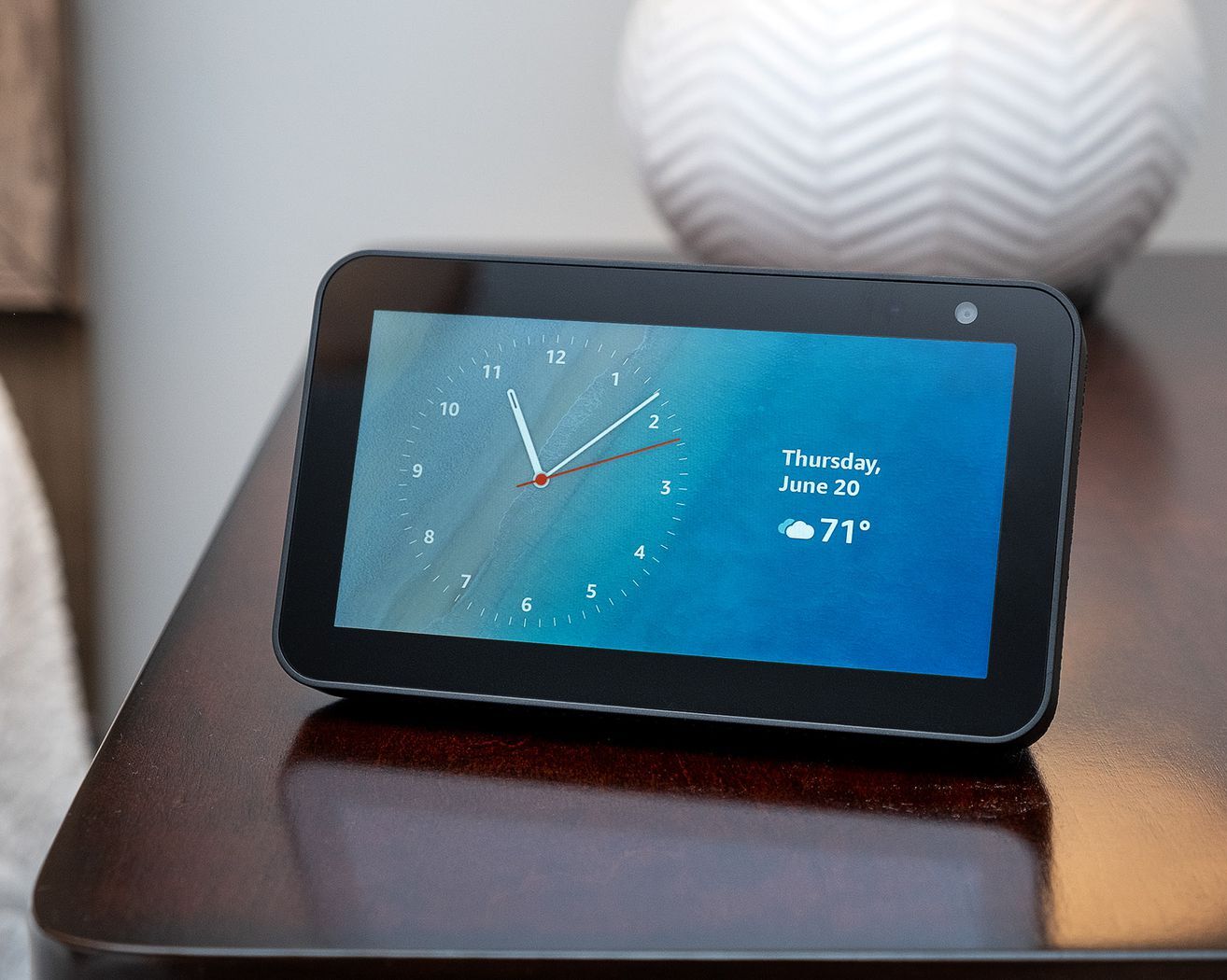
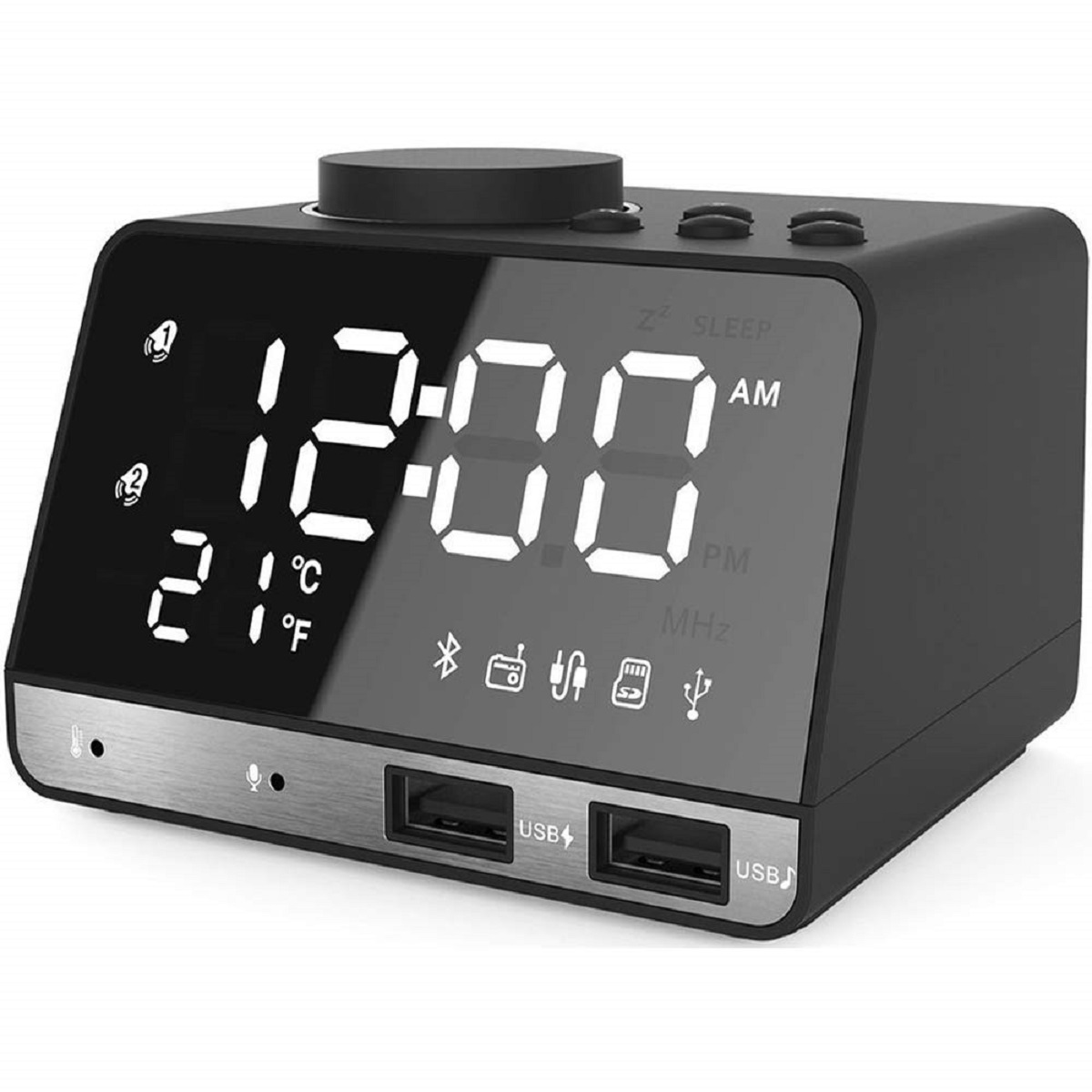
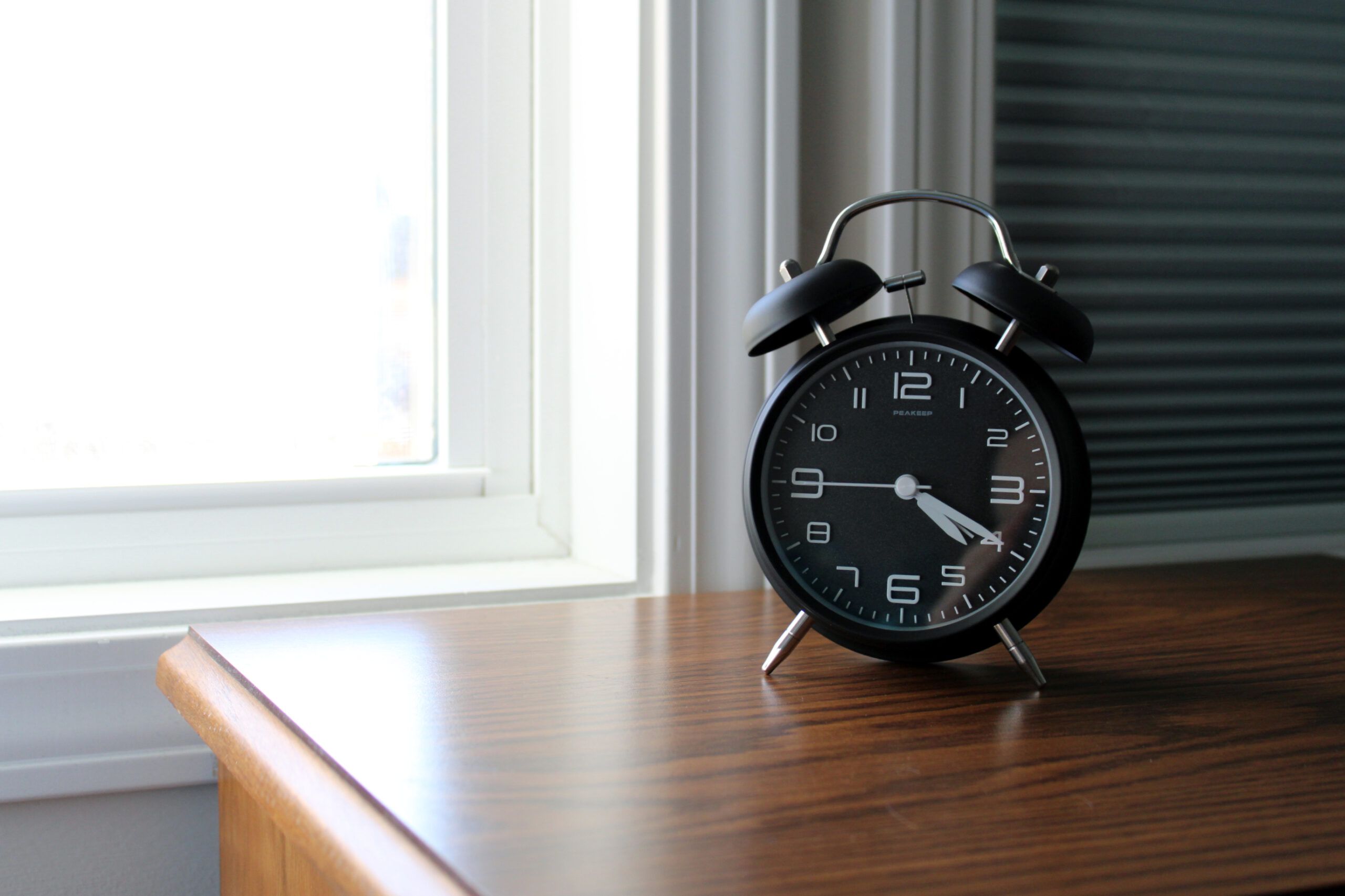
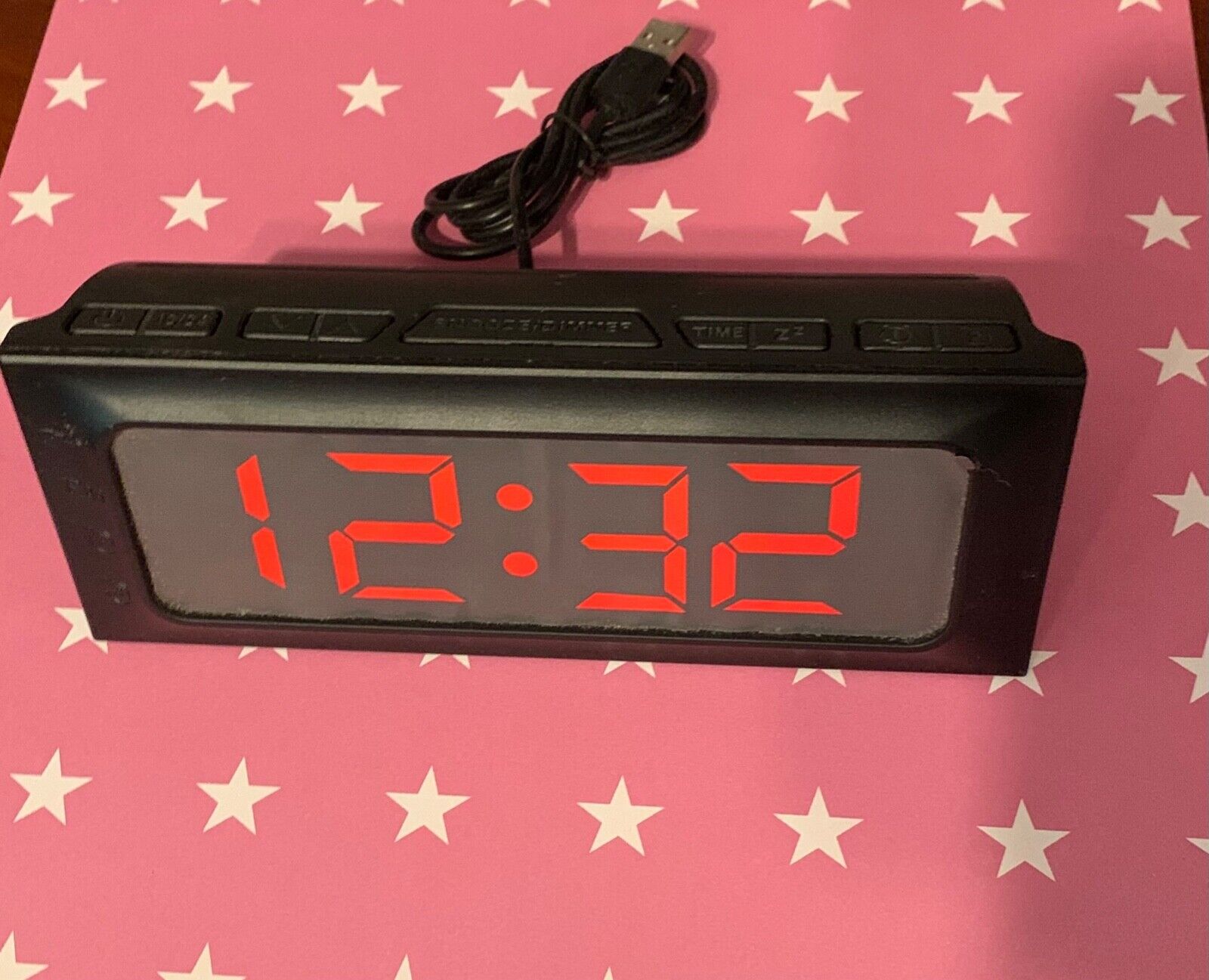
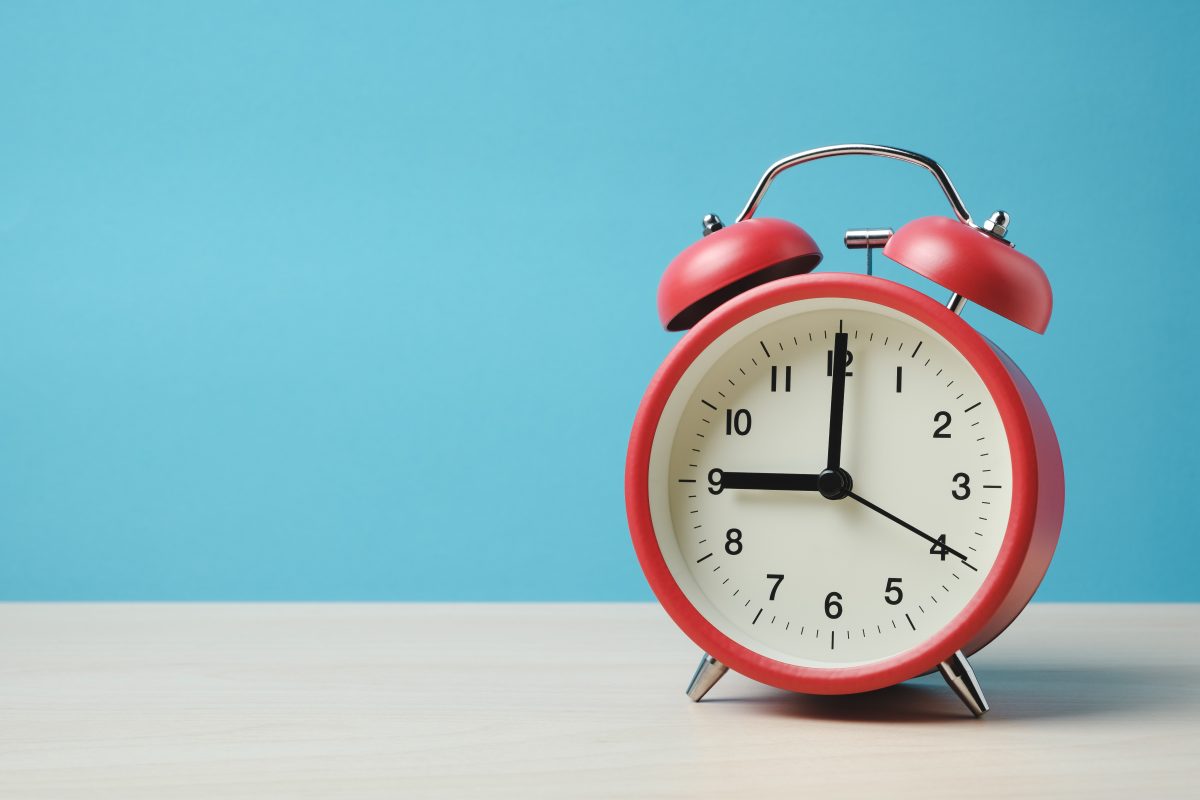
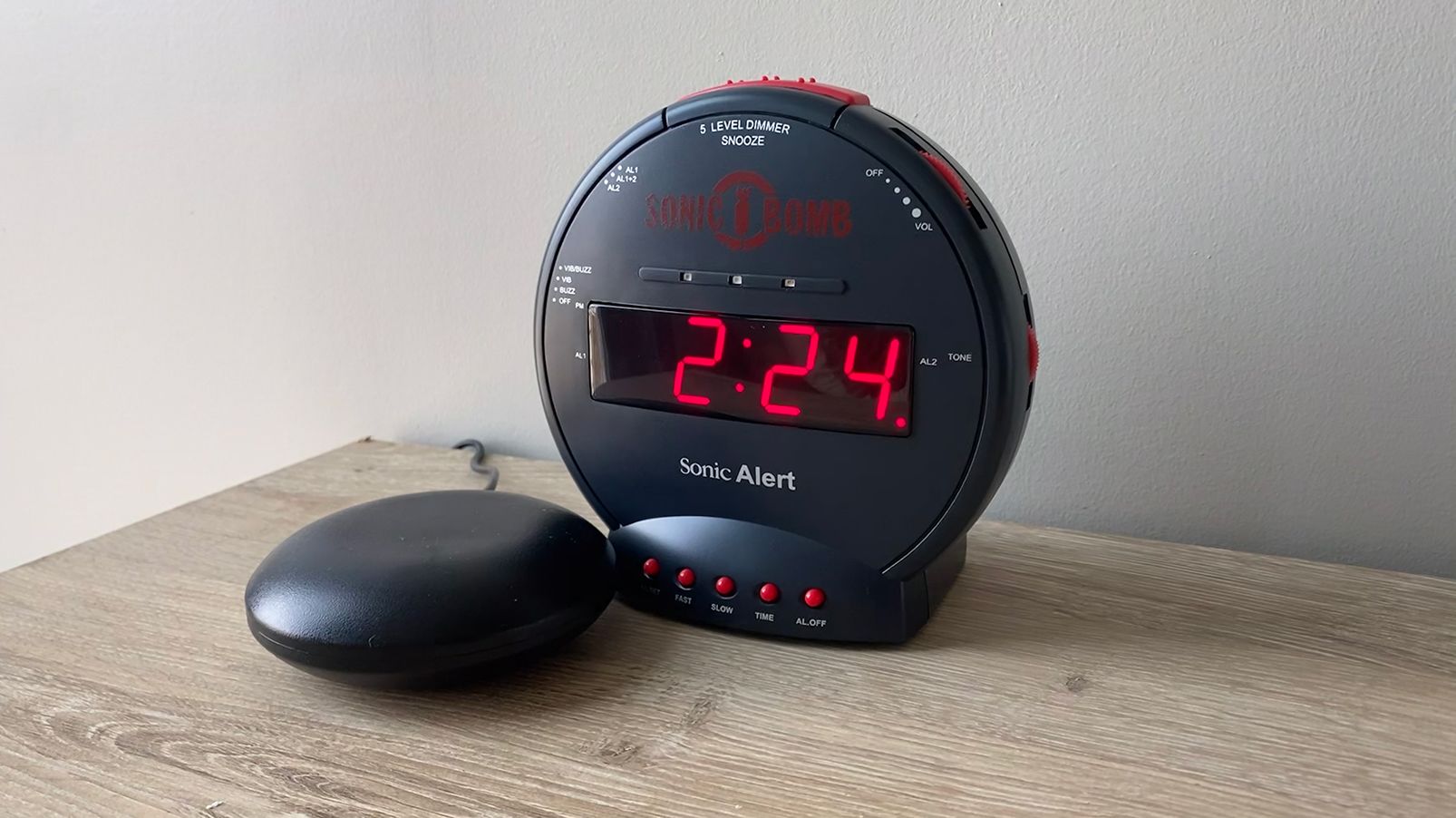



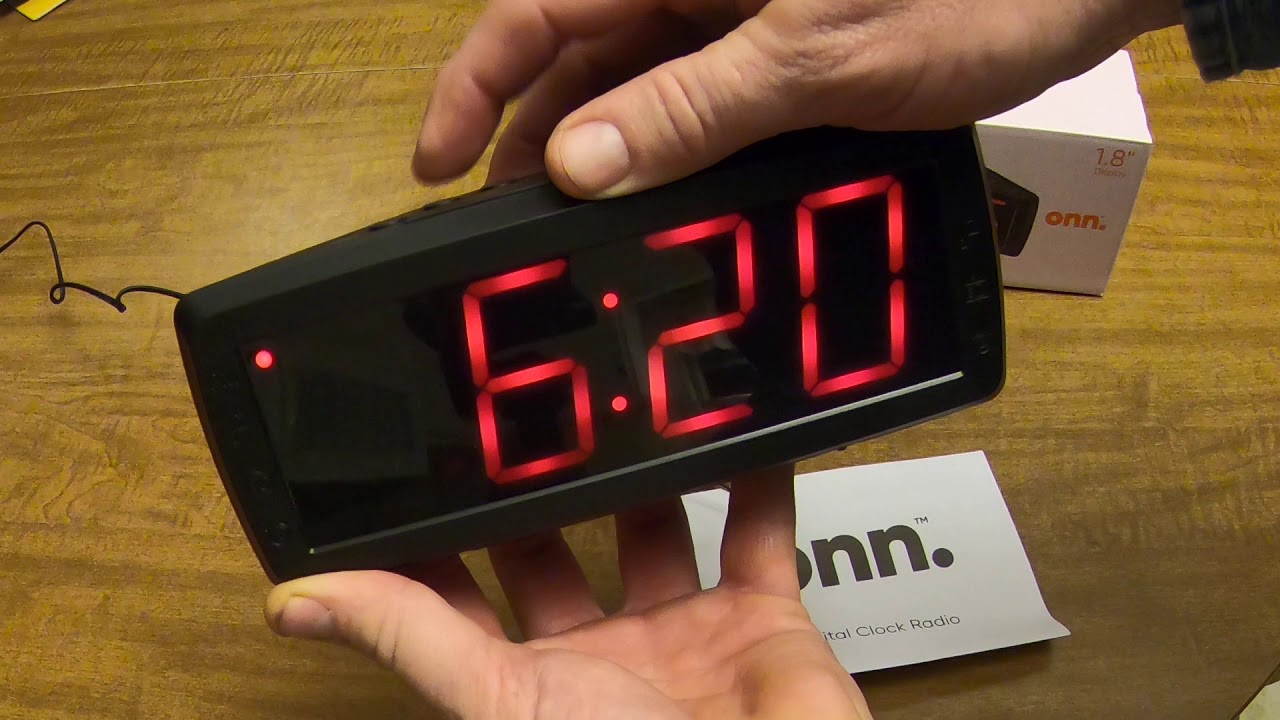

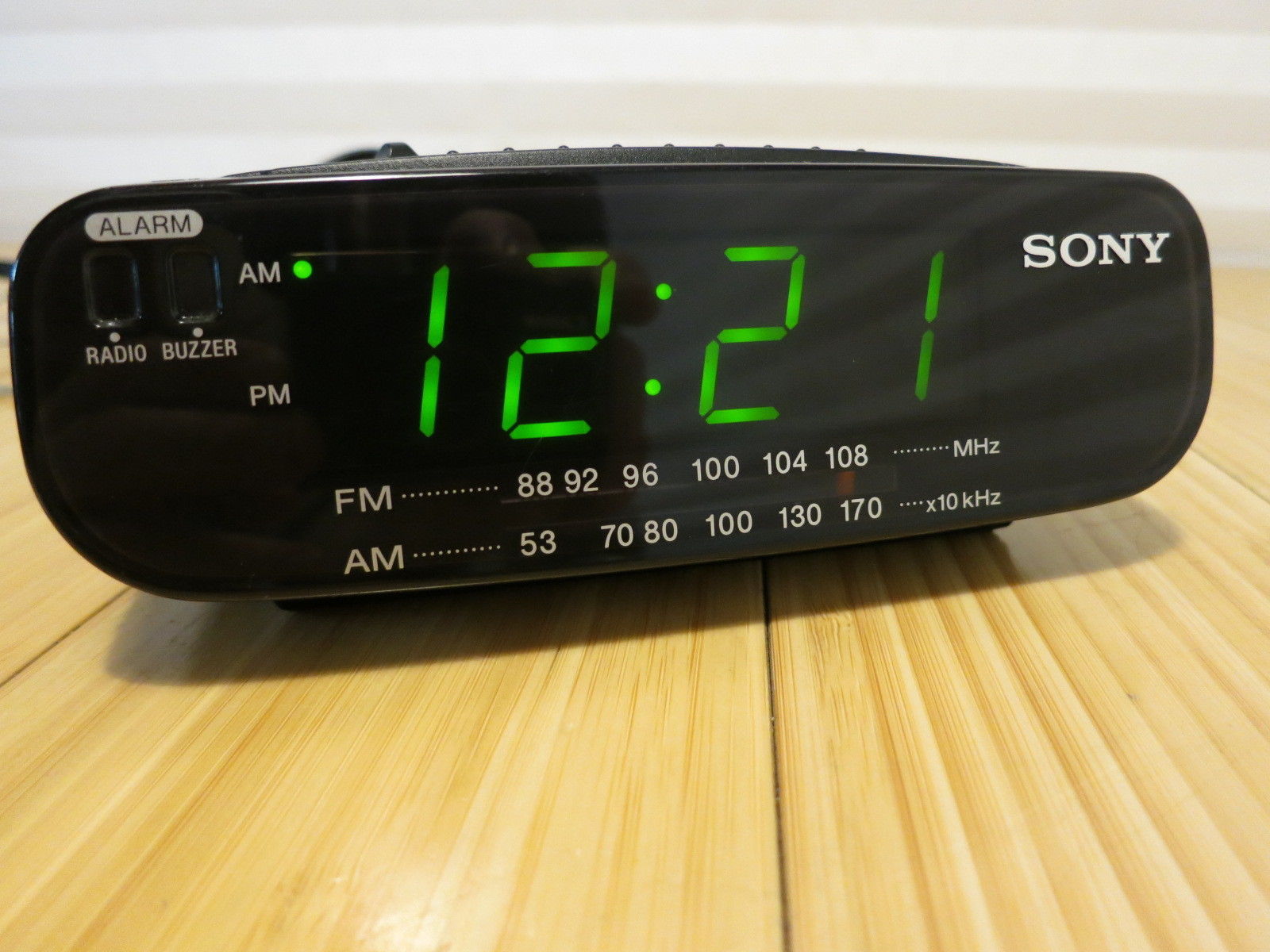
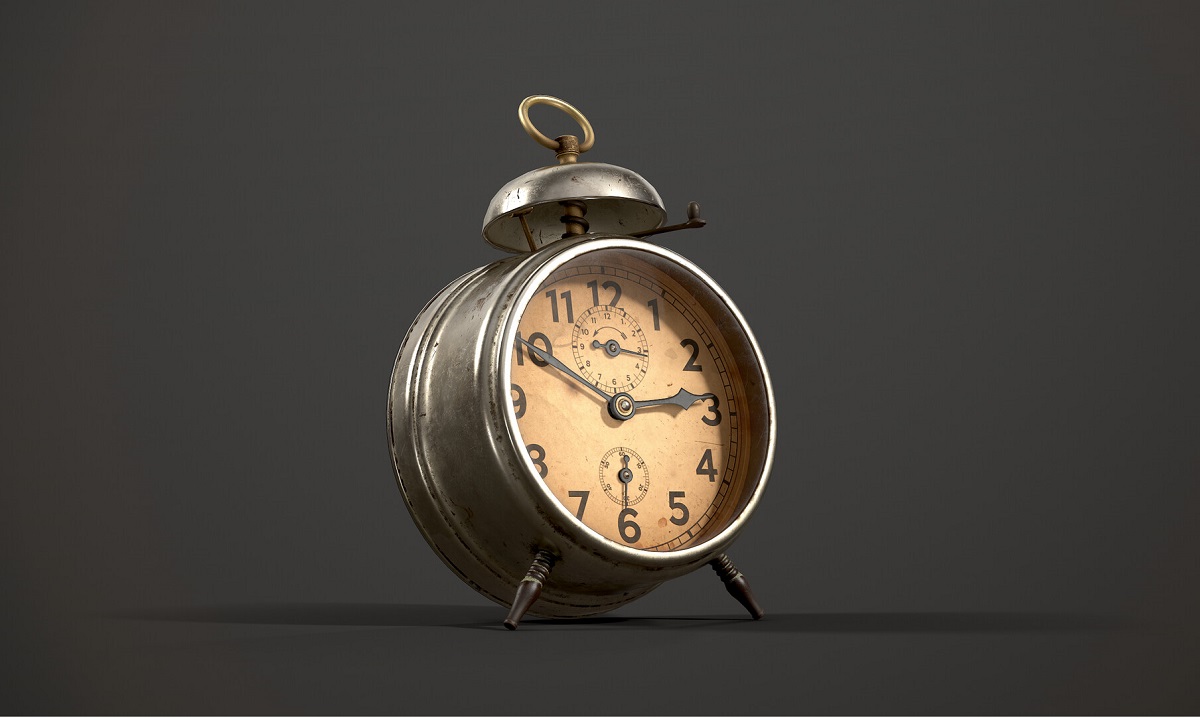
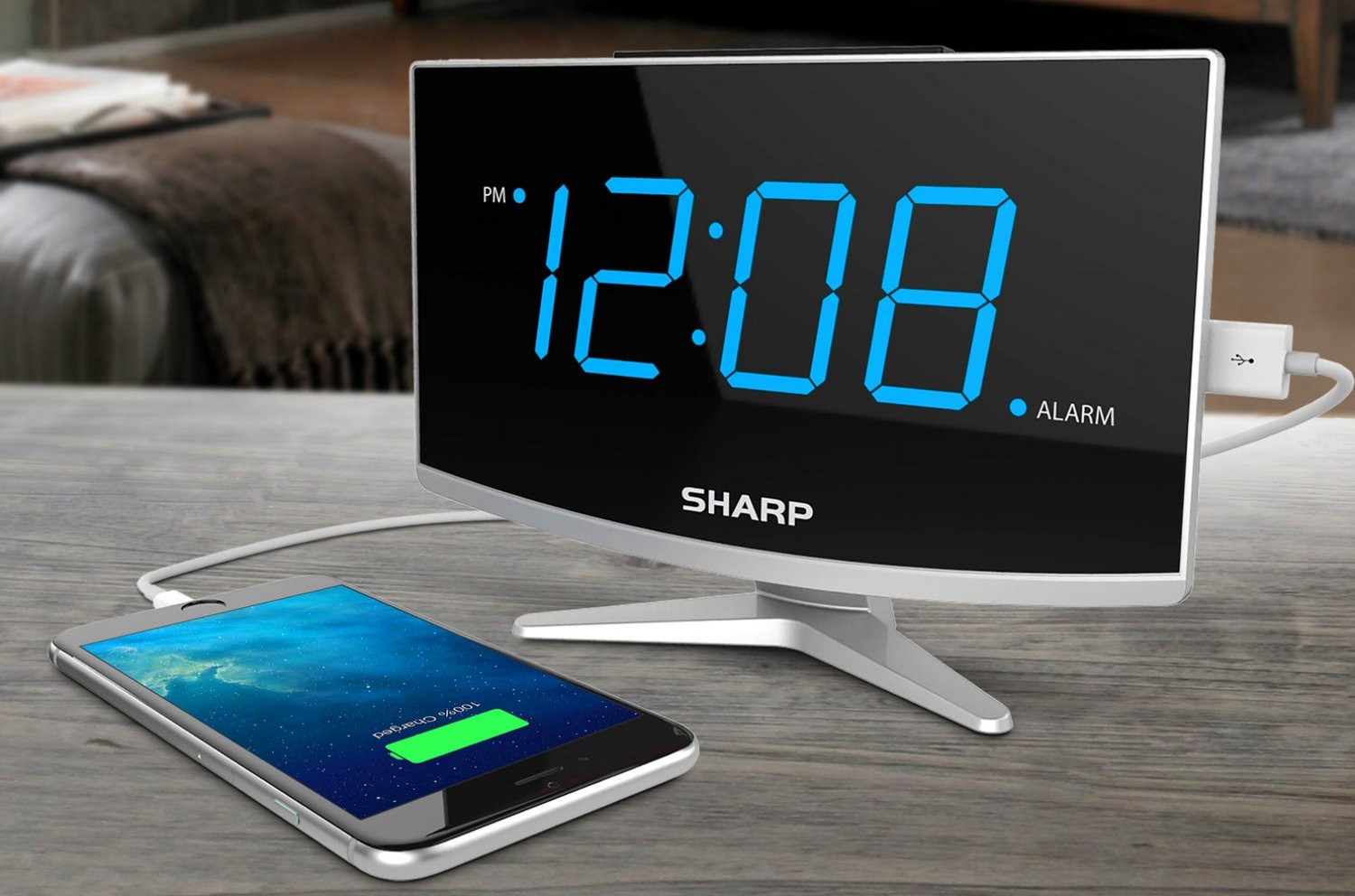

0 thoughts on “Where Was The Alarm Clock Invented”